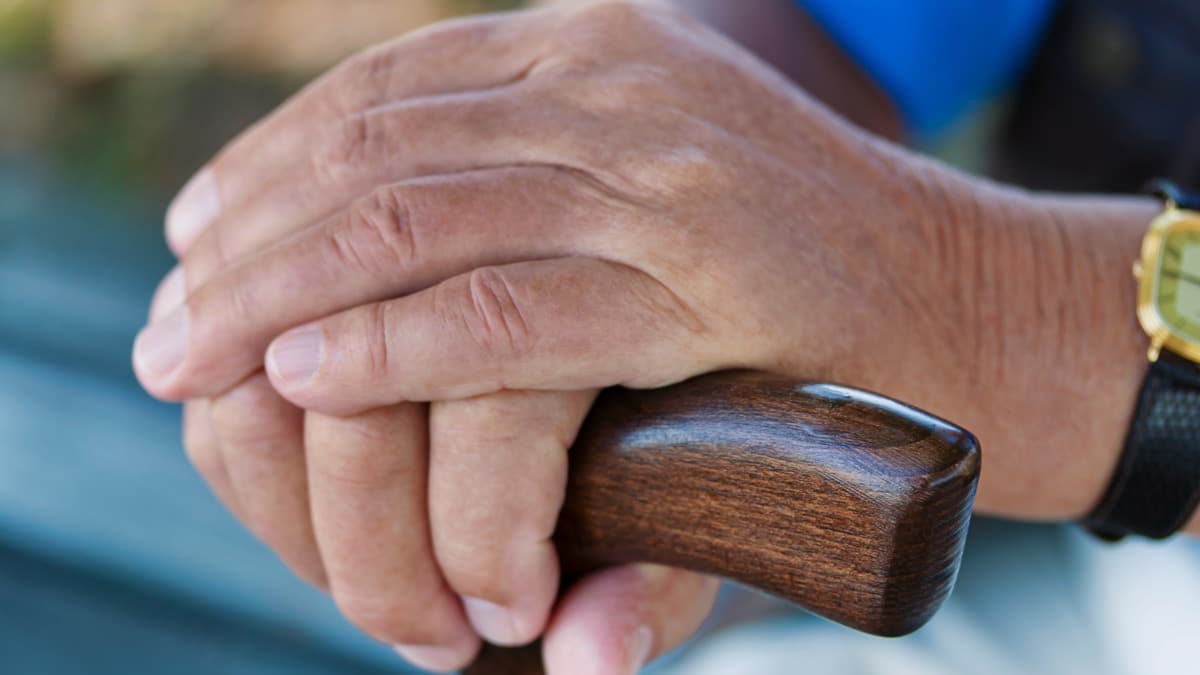In this guide
The decision to move into residential aged care is never easy. Elderly people may fear a loss of independence or the aged care facilities themselves.
Sometimes the decision can be out of our control. This is often the case after a major health event, or simply when a person’s care needs are too great to manage in their own home, either on their own or with the support of family and friends.
Whatever your misgivings about residential aged care, the seemingly high costs should not be a reason to avoid seeking the help you may need.
Not surprisingly, oft-touted figures over $1 million for a room are enough to make anyone panic and dig their heels in. But government-funded residential aged care is heavily subsidised with annual and lifetime caps and people can choose how they pay.

Leave a Reply
You must be logged in to post a comment.